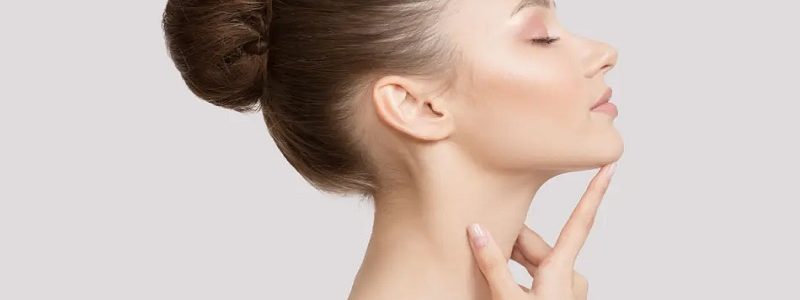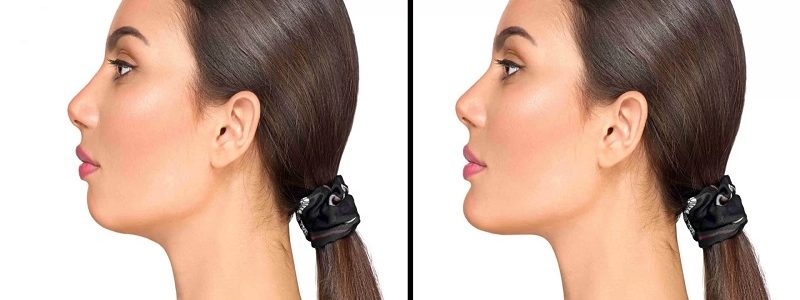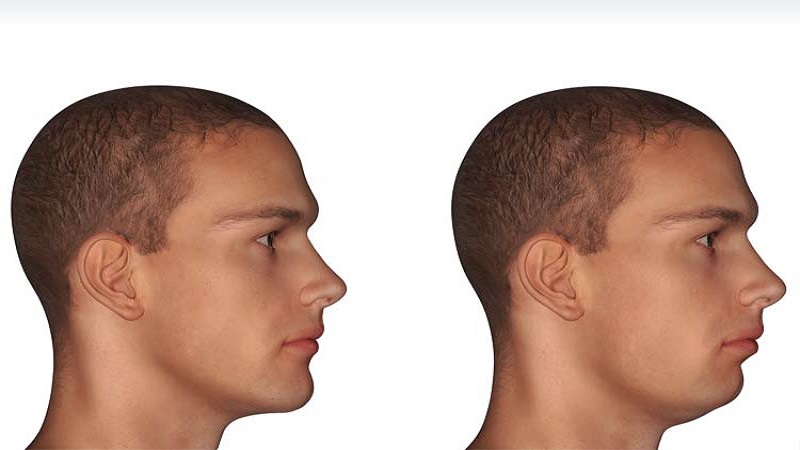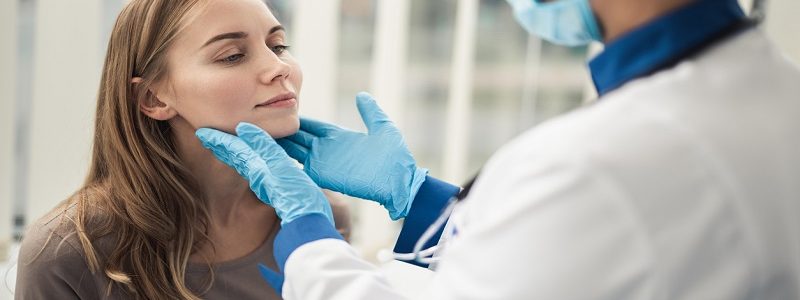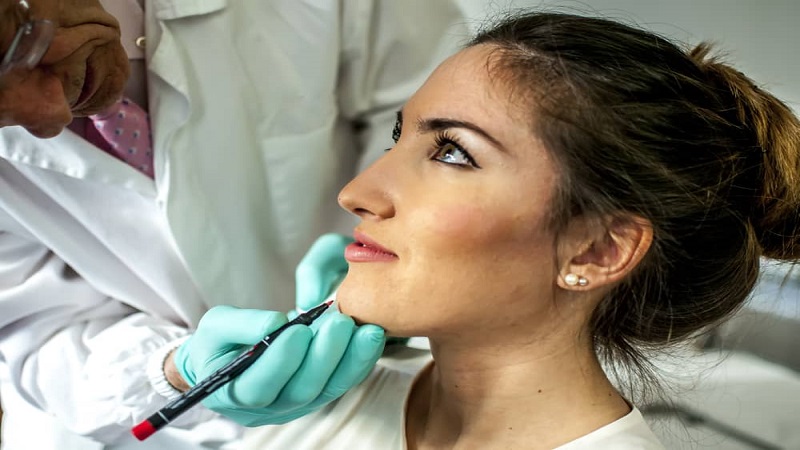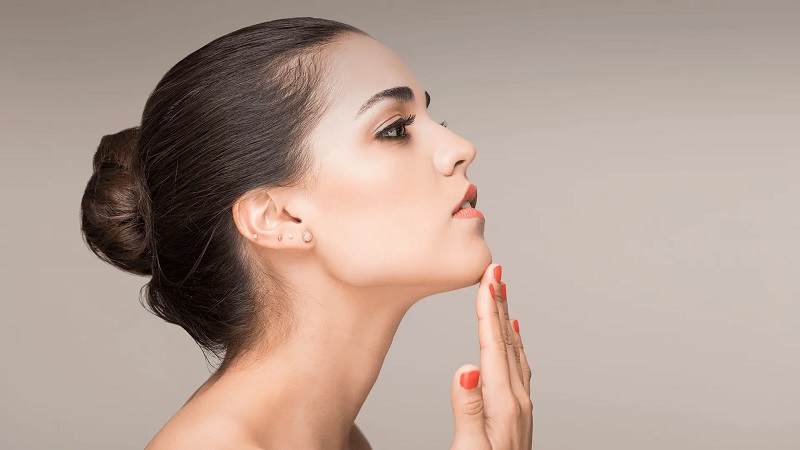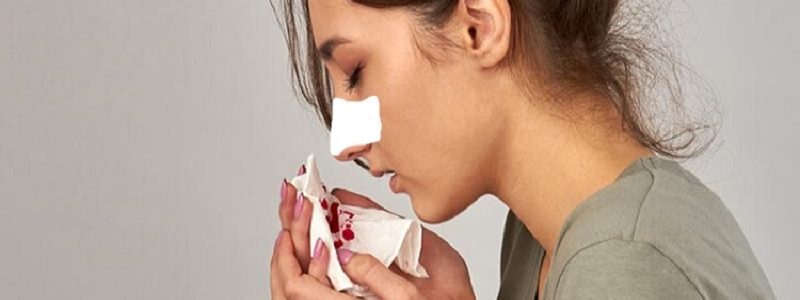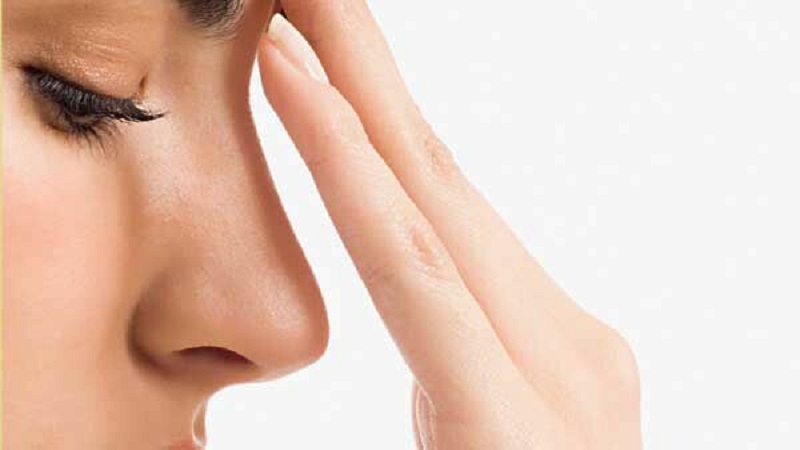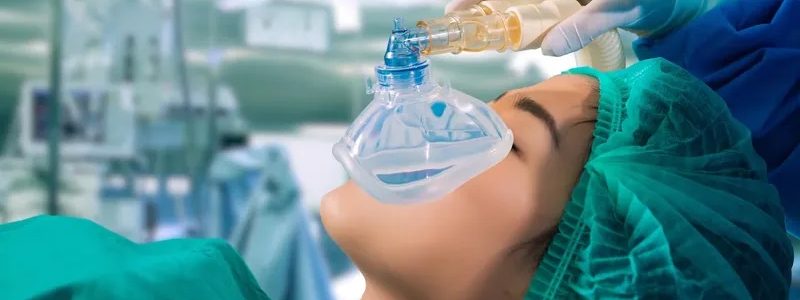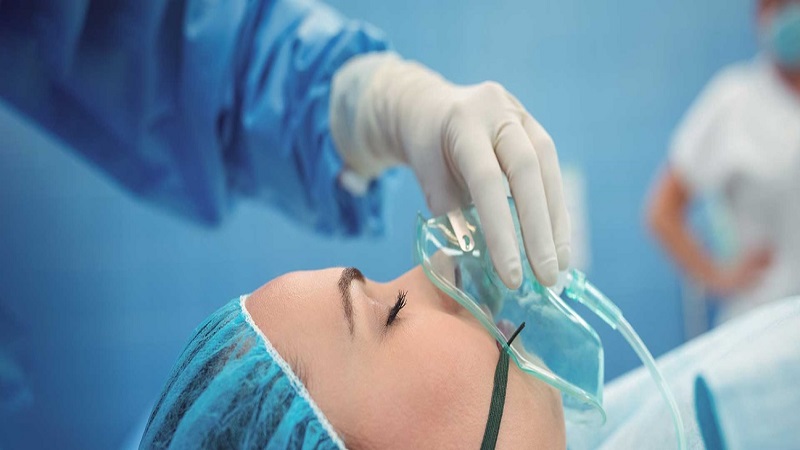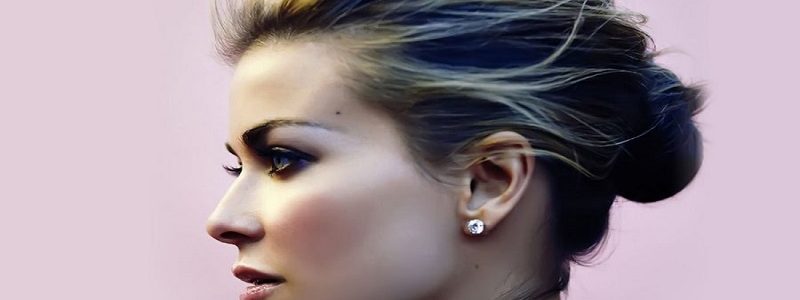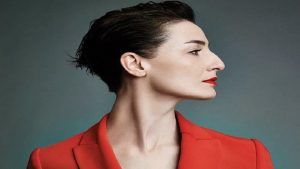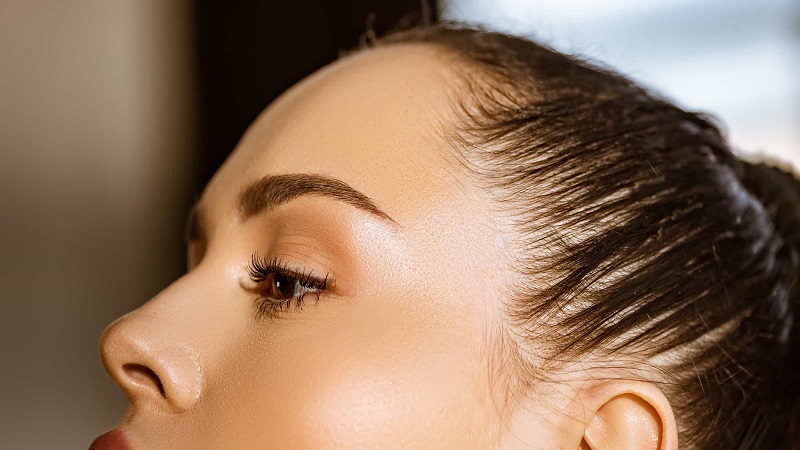Chin cosmetic surgeries
Cosmetic surgery Chin, As “جنیوپلاستی” is also known, is a surgical procedure that is performed to improve the appearance and balance of the chin and jaw. This surgery can have many positive effects on facial beauty and self-confidence. In this article, different types Chin cosmetic surgeries, the methods of doing them, the advantages and disadvantages of each method are examined.
1.. Augmentative genioplasty
۱.۱. Introduction
Augmentative genioplasty is suitable for people who have a small or receding chin and want to make it bigger and more forward..
۱.۲. Methods of doing
- Use of implants
In this method, an implant made of silicone, polyethylene or other biocompatible materials is placed in the chin.. The surgeon makes a small incision inside the mouth or under the chin and places the implant in the right place.
- Bony genioplasty
In this method, the surgeon cuts a part of the chin bone and pulls it forward. The bone is fixed in the new place using screws and metal plates. This method is usually chosen for those who are looking for bigger and more permanent changes.
۱.۳. Advantages
– Improve facial balance: This surgery helps to create a better balance between the chin, jaw and the rest of the face.
– Natural results: With the use of implants and bony genioplasty, more natural results are obtained.
– increasing the self confiedence: Improving the appearance of the chin can have a positive effect on a person's self-confidence.
۱.۴. Disadvantages
– side effects: As with any surgery, there is a risk of infection, bleeding, and reaction to the implant.
– Long recovery period: Recovery from surgery may take several weeks.
– High cost: These surgeries can be expensive.
2.. Reduction genioplasty
۲.۱. Introduction
Reduction genioplasty is suitable for people who have a large or prominent chin and want to make it smaller and less prominent..
۲.۲. Do method
In this method, the surgeon cuts a part of the chin bone and moves it backwards or downwards. This is done using incisions inside the mouth or under the chin. The bone is fixed in the new position using screws and metal plates.
۲.۳. Advantages
– Improve facial balance: This surgery helps to reduce chin protrusion and improve facial balance.
– Natural results: With changes in the chin bone, more natural results are achieved.
– increasing the self confiedence: Improving the appearance of the chin can have a positive effect on a person's self-confidence.
۲.۴. Disadvantages
– side effects: There is a risk of infection, bleeding, and change in sensation in the chin area.
– Long recovery period: Recovery may take several weeks.
– High cost: These surgeries may also be expensive.
۳. Liposuction under the chin
۳.۱. Introduction
Liposuction under the chin is suitable for people who have excess fat in the area under the chin and want to reduce it..
۳.۲. Do method
In this procedure, the surgeon inserts a cannula tube through one or more small incisions under the chin and removes excess fat using suction.. This procedure is usually performed under local anesthesia.
۳.۳. Advantages
– Improve facial balance: Reducing the fat under the chin can help improve the balance and shape of the face.
– Faster recovery: This method has a faster recovery than bone surgeries.
– lower cost: Liposuction is usually less expensive than bone surgery.
۳.۴. Disadvantages
– side effects: There is a risk of infection, bruising, and swelling.
– More limited results: This method is not suitable for people with bone problems.
– Need to repeat: This procedure may need to be repeated in the future.
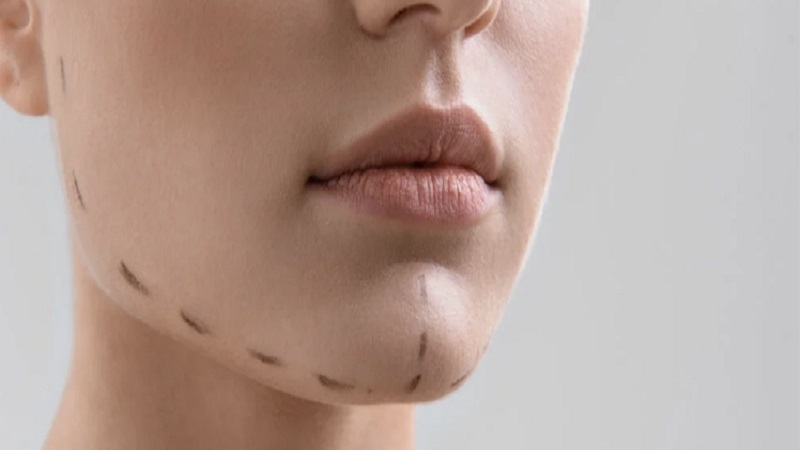
Official page اینستاگرام Dr Behnam khorami (Best of nose surgery) follow the.
4.. Fat injection or filler
۴.۱. Introduction
Fat injection or filler is suitable for people who are looking for temporary and non-surgical changes in the appearance of the chin.
۴.۲. Do method
In this method, the surgeon injects the body's own fat or fillers such as hyaluronic acid into the chin area to improve the volume and shape of the chin.. This procedure is performed under local anesthesia.
۴.۳. Advantages
– Faster recovery: Recovery after fat injection or filler is much faster than bone surgeries.
– Customizable results: The volume and shape of the chin can be precisely adjusted.
– less aggressive: This method is less invasive and has fewer risks than bone surgeries.
۴.۴. Disadvantages
– Temporary results: The results of these methods are temporary and need to be repeated.
– Recurring cost: The need to repeat the procedure may cause more costs in the long run.
– side effects: Complications such as swelling, bruising, and allergic reactions may occur.
5. Combining chin surgeries with other facial surgeries
۵.۱. Introduction
In some cases, in order to improve the overall appearance of the face, chin surgeries are combined with other cosmetic surgeries such as rhinoplasty. (Nose surgery), face lift or eyelid surgery is combined.
۵.۲. Advantages
– More comprehensive results: A combination of surgeries can provide overall improvement in facial appearance and balance.
– A recovery period: A patient can benefit from a recovery period for several surgeries.
۵.۳. Disadvantages
– More complexity: Performing several surgeries at the same time can be more complicated.
– Higher cost: Combining several surgeries can result in higher costs.
– Longer recovery period: The recovery period may be longer and require special care.
Conclusion
Chin cosmetic surgeries, from augmentation and reduction genioplasty to liposuction and filler injections, can make significant changes in a person's appearance and self-confidence.. Choosing the right type of surgery depends on individual needs and desires and requires detailed consultation with an expert surgeon. Knowing the pros and cons of each method can help the patient make a better decision and have more realistic expectations of the surgical outcome..
Useful links: Isfahan nose surgeon _ Jaw surgeon of Isfahan
Dr. Behnam Khorrami's page in the clinic 24 | Maxillofacial surgeon in Isfahan clinic 24 | Nose surgeon in Isfahan clinic 24
Dr. Behnam Khorrami, nose surgeon in Isfahan at Dr. Af | Maxillofacial surgeon in Isfahan at Dr. Af | Isfahan nose surgeon at Dr. Af
Suggested contents of Dr. Behnam Khorrami's website (Best of nose surgery – Jaw surgeon of Isfahan):
